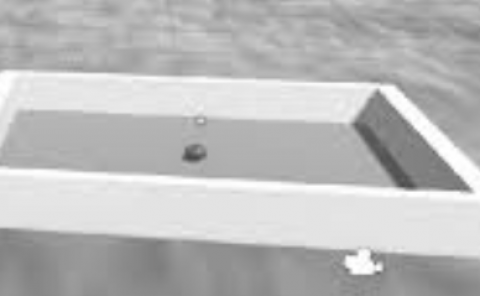Tangible VR Lab: Studying User Interactionin Space and Time Morphing Scenarios
PubDate: June 202
Teams: NOVA School of Science and Technology
Writers: Ana Rita Rebelo;Rui Nóbrega;Fernando Birra
PDF: Tangible VR Lab: Studying User Interactionin Space and Time Morphing Scenarios

Abstract
Virtual Reality (VR) offers an interesting interface for exploring changes in space and time that otherwise could be difficult to simulate in the real world. It becomes possible to distort the virtual world by increasing or diminishing distances, as well as to play with time delays. In this way, it is possible to create different spatiotemporal conditions to study different interaction techniques to analyse which ones are more suitable for each task.
Related work has revealed an easy adaptation of human beings to interaction methods dissimilar from everyday conditions. In particular, hyperbolic spaces have shown unique properties for intuitive navigation over an area seemingly larger and less restricted than Euclidean spaces. Research on delay tolerance also suggests humans’ inability to detect slight discrepancies between visual and proprioceptive sensory information during the interaction.
This work aims to create a tangible Virtual Environment (VE) to explore users’ adaptability in spatiotemporal distortion scenarios. As a case study, we restricted the scope of the investigation to two morphing scenarios. The Space Morphing Scenario compares the adaptability of users to hyperbolic versus Euclidean spaces. The Time Morphing Scenario intends to ascertain from which visual delay values the task performance is affected. The results showed significant differences between Euclidean space and hyperbolic space. Regarding the visual feedback, although participants find the task more difficult with delay values starting at 500 ms, the results show a decrease in performance as early as the 200 ms delay.



